In the mineral processing plant, the grinding stage is the significant circuit with large investment and energy consumption. The grinding stage controls the grain change in the whole mineral processing flow, which has a large influence on the recovery rate and production rate. Therefore, it is a focused question to reduce costs and improve production rate under a certain grinding fineness standard.
There are two types of grinding way, open-circuit grinding and closed-circuit grinding. What are the specifics of these two grinding ways? Which grinding way can realize the high-efficiency utilization and improve production rate? In later paragraphs, we will answer these questions.
Use the table of contents below to navigate through the guide:
01The specifics of two grinding ways
Opening-circuit grinding is that, in the grinding operation, the material is fed into the mill and discharged after a grinding, directly into the next mill or the next process.
The advantages of opening-circuit grinding are simple processing flow and lower investment cost. While the disadvantages are lower production rates and large energy consumption.
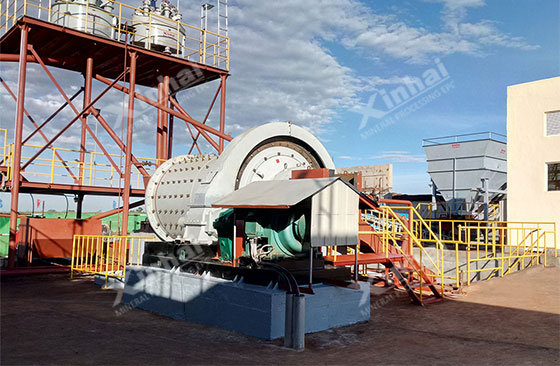
Closed-circuit grinding is that, in the grinding operation, the material is fed into the mill for classification after grinding, and the unqualified ore is returned to the mill for re-grinding, and the qualified ore is sent to the next stage.
The main advantages of closed circuit-grinding is high-efficiency crushing rate, and the production quality is higher. In the same period, closed-circuit has larger production rate. However the disadvantage is that the production flow of closed-circuit is more complex, and costs more than open-circuit grinding.
Nonconforming materials are repeatedly ground in the closed-circuit grinding phase until qualified particle size is reached. When grinding, more minerals can be transported into the grinding equipment, so that the energy of the ball mill can be used as much as possible, improve the use efficiency of the grinding equipment, so that the production efficiency of the grinding equipment is improved.
02The equipment of two grinding ways
In the choice of grinding equipment, the ball mill does not have the ability to control the particle size. There are qualified fine grains and unqualified coarse grains in the ore drainage, which is not suitable for open grinding equipment. Rob mill is the opposite, the existence of steel rods between the thick block will be first broken, the upward movement of steel rods like a number of grilles, fine material can pass through the gap between the steel rods. Therefore, the rod mill has the ability to control the particle size and can be used as open-circuit grinding equipment.
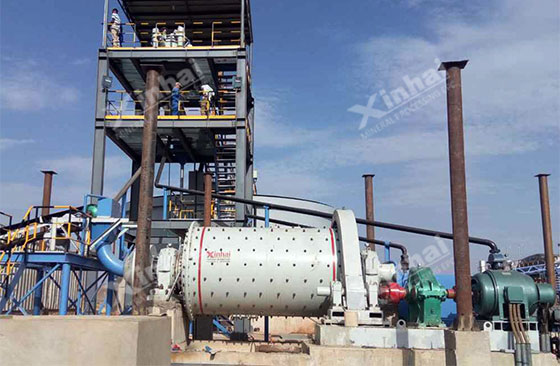
Although the ball mill does not have the ability to control the particle size itself, it can control the particle size with the help of the classifying equipment. The mill will discharge ore into the classifying equipment. Qualified fine material enters the next stage through the grinding-classifying cycle. Therefore, closed-circuit grinding unqualified coarse material may pass through the mill several times, must be ground to the qualified particle size can be discharged by the classifying equipment. There is almost no limit to the grinding equipment that can be selected in the closed grinding stage.
03The application of the two grinding ways
According to different types of minerals, characteristics, and different requirements of processing flow, the requirements of grinding fineness are different. The state of the materials with different compositions reaching the appropriate degree of dissociation is also not the same.

In closed-circuit grinding, the materials returned to grinding equipment are almost qualified. Only a little re-grinding can become a qualified product, and with the increase of materials in the mill, the material through the mill faster, grinding time shortened. Therefore, closed-circuit grinding has the characteristics of high productivity, light degree of over-crushing, fine and uniform distribution of particle size. Generally speaking, flotation plants and magnetic separation plants mostly adopt closed-circuit grinding processes.
The open-circuit grinding is suitable for the first grinding. The material discharged from one section of the rod mill enters other grinding equipment and is then ground (fine). In this way, the first section of the rod mill has a smaller crushing ratio and higher production capacity, and the process is relatively simple.
To sum up, it can be seen that the selection of grinding mode is relatively complex, which needs to be considered in many aspects such as material properties, investment costs, and technological processes. It is suggested that the mine owners consult the processing equipment manufacturers with mine design qualifications to avoid economic losses.
04Xinhai Mining Mineral Processing EPC+M+O Projects
1.Guinea 6000tpd gold processing project
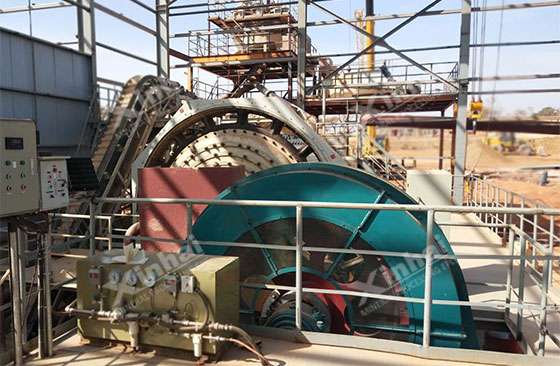
2.Pakistan 1500tpd copper processing project
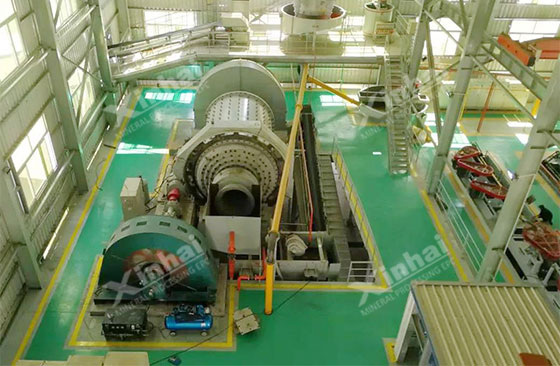
3.Tanzania 1200tpd gold processing project
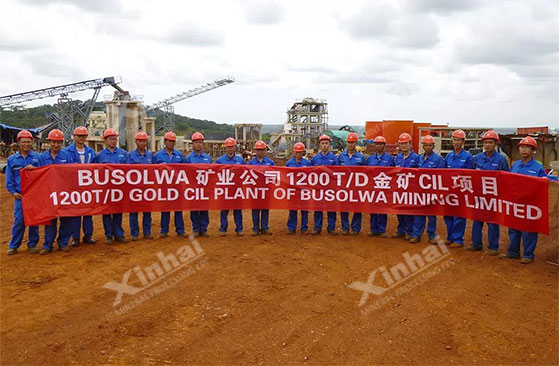
4.China Gansu 1000tpd gold processing project
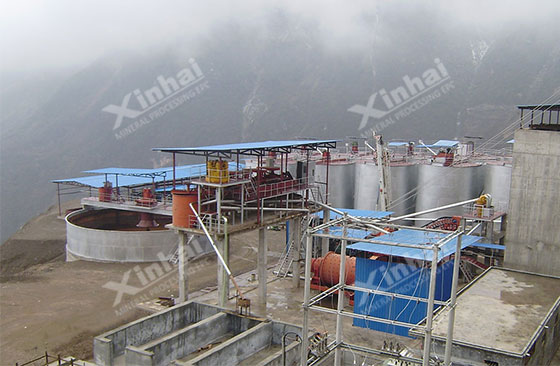
5.Uganda 720tpd phosphate processing project


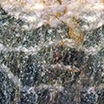
 marketing@ytxinhai.com
marketing@ytxinhai.com  0086 13810327080
0086 13810327080 





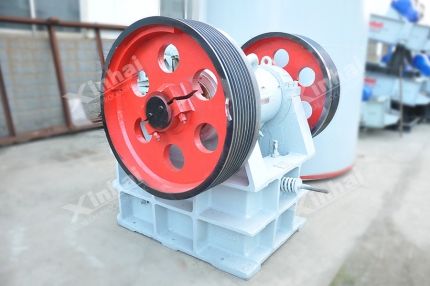

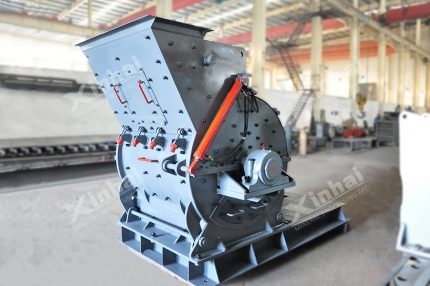

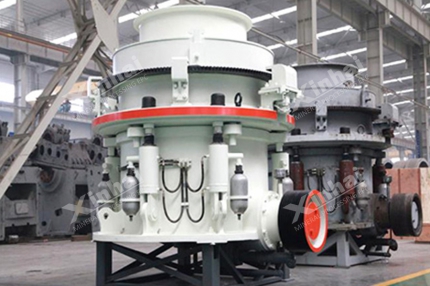




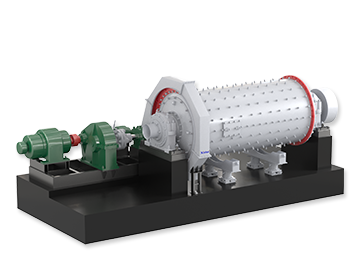
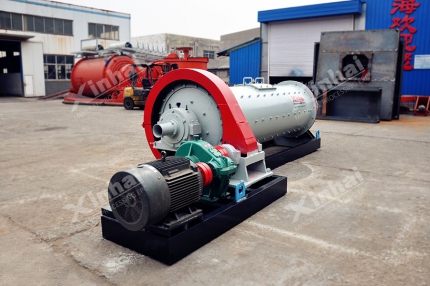







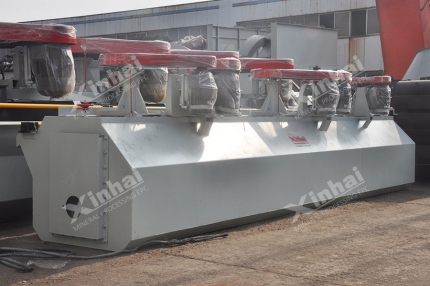
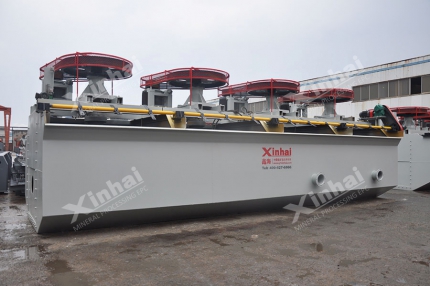
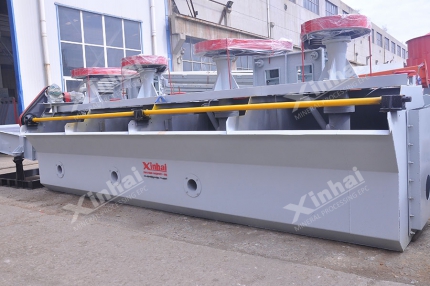

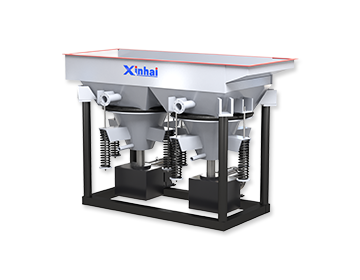
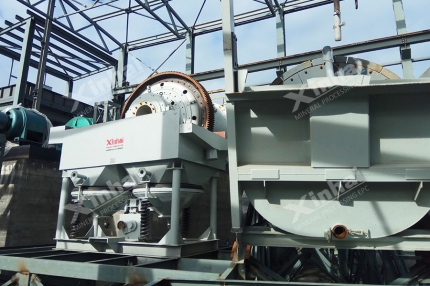
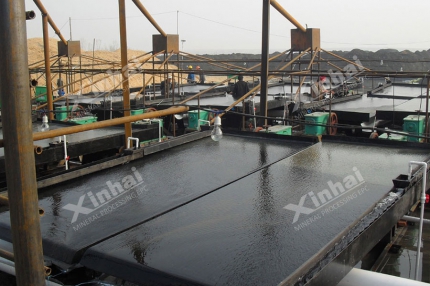


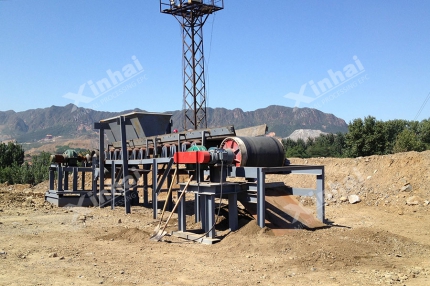











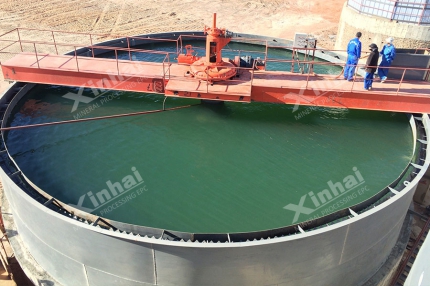











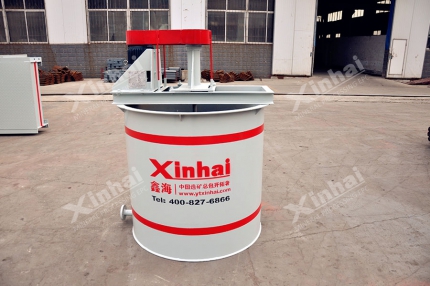






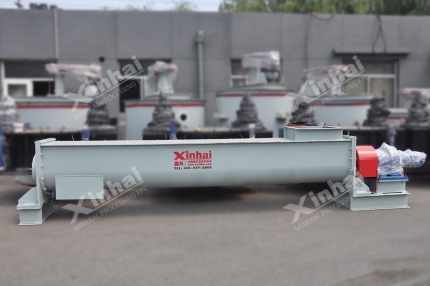



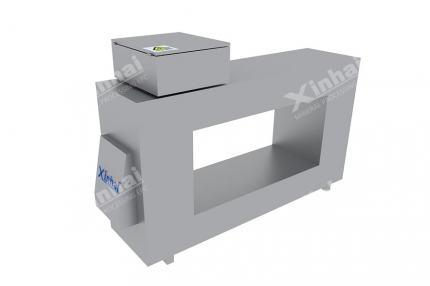
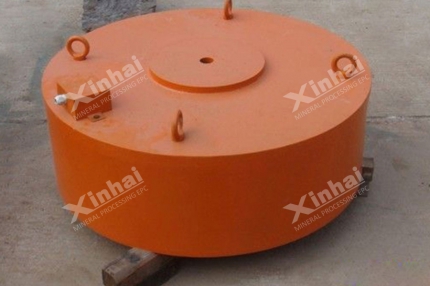


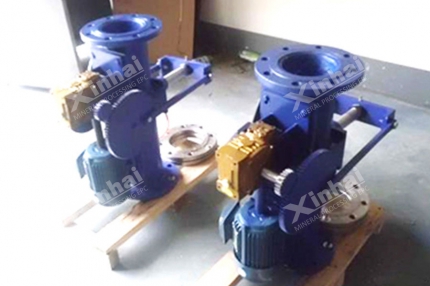
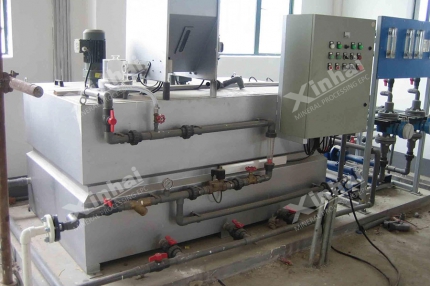


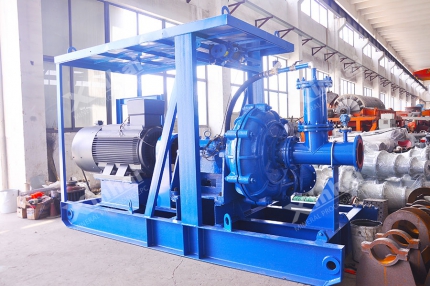
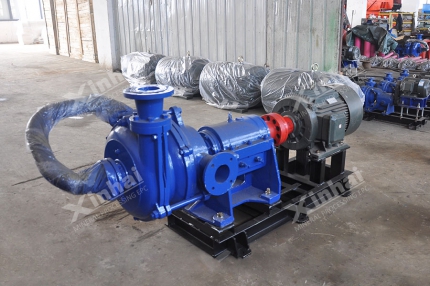


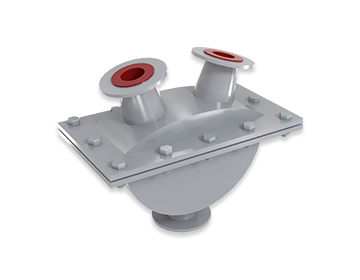
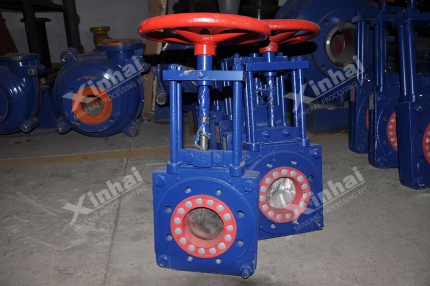











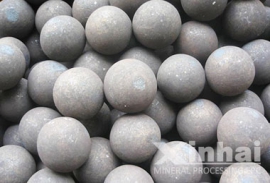


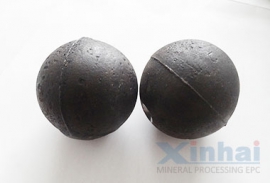


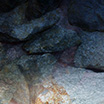



 CHAT
CHAT MESSAGE
MESSAGE







.jpg)



